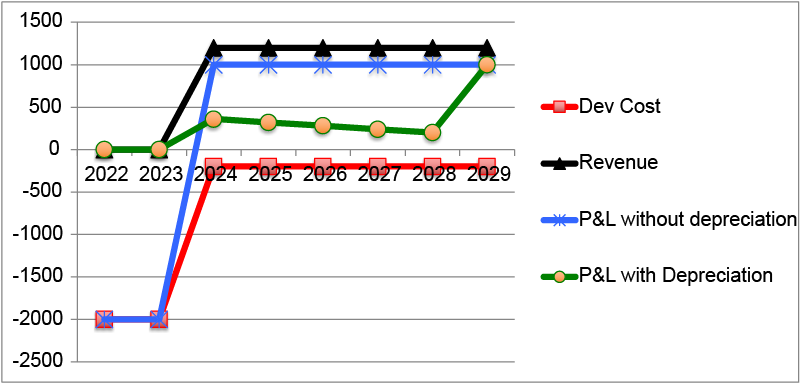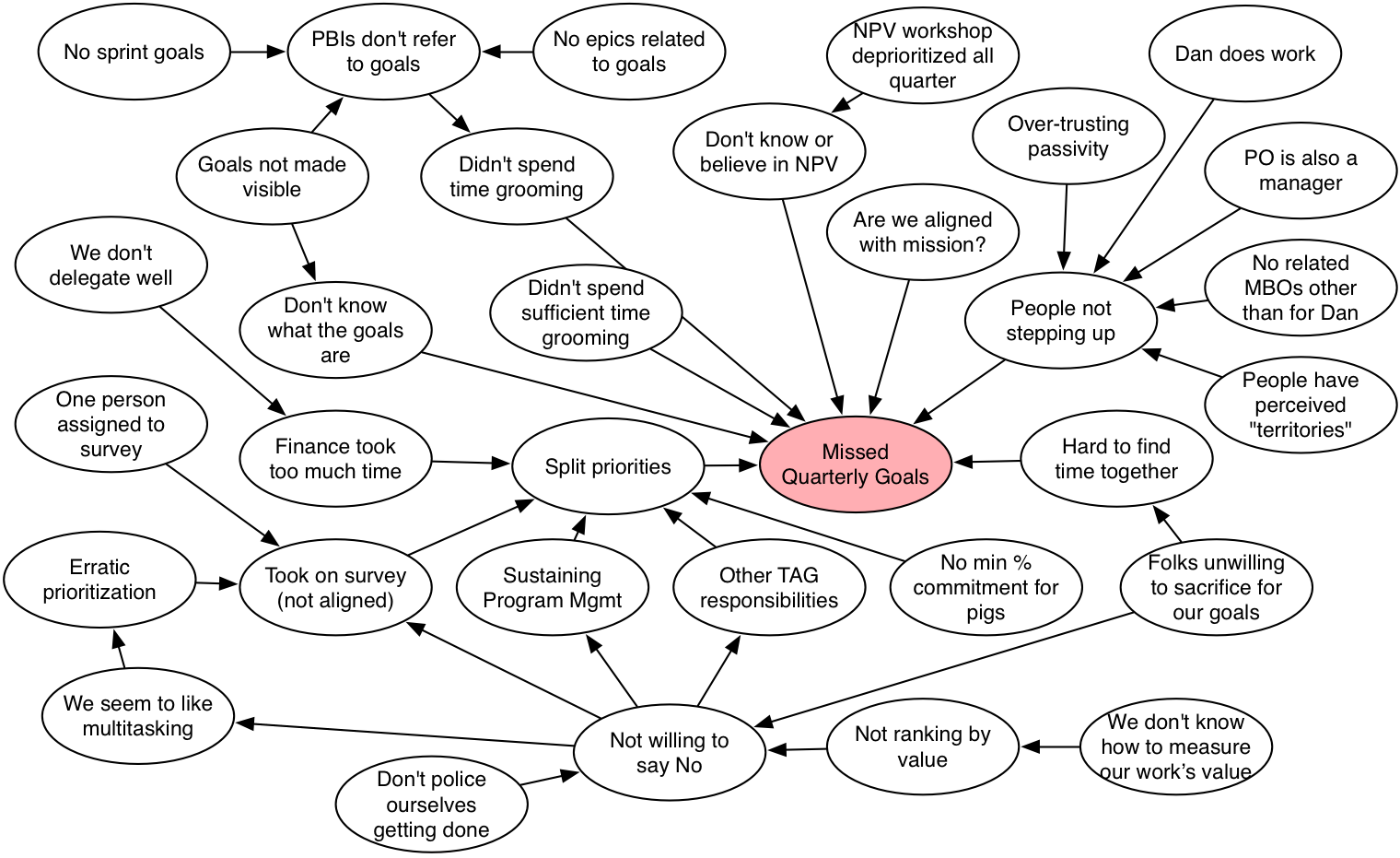-

Limit Work in Progress
Context: We measure progress and experiment with processes and products. However, experiments can take a long time, and failures can have huge costs. We have a lot of balls in the air, a lot of inventory to sell, and a lot of great stuff that isn’t quite done yet. We have a problem … We adapt…
-

Agile Capitalization Workshop
The two-day Agile Capitalization Workshop includes a one-day seminar followed by a one-day company-specific workshop. The seminar covers GAAP or IFRS principles (depending on country), capitalization benefits, applicable regulations, and real-world examples of capitalizing software developed using agile practices. Learn from the people that pioneered defensible agile capitalization practices in a $10B publicly traded company.
-

Chunk Before Choosing
Creative people with limited resources, such as product managers, developers, CEOs, investors and artists, must choose which items to assess, staff or fund. They compare value, cost, flexibility and risk to make a decision. Faced with too many options, we choose badly …
-

How to Read and Write Pattern Languages
Pattern languages can help us understand complex systems. Read how pattern languages work, and how you can write your own. We are defining agility and its practices using a pattern language called the Agile Canon. Using the first five patterns in the Agile Canon, you can diagnose whether your team is agile, whether it can…
-

Experiment to improve
Context: Plenty of data informs us. We can forecast when things will happen. Our progress metrics are aligned with long term goals. But externalities impede our progress: competitors emerge, delays harm us. We are passive victims of outside circumstance. Passivity until risks are revealed can be too late … We suspect unknown dangers, economic loss, and growing ineffectiveness. Our…
-

Agile Supply Chains Take the Lead
Dustin Mattison interviewed me on how one could apply agile principles to supply chain management. The interview shows how to map Agile Base Patterns to a non-software field. You can listen to the podcast here: The Five Characteristics of Sustainable Agile Methods, from the Future of Supply Chains blog.
-

Embrace Collective Responsibility
Context: It takes us time to decide to fix problems, and we let some problems fester because we don’t want to get anywhere near them. When we are on a team, we can blame someone or something else for a problem, and often do. We might blame our own permanent flaws for a problem, feeling guilty. None of…
-

Root Cause Mapping Party
Creative organizations, teams and leaders often encounter problems, as they explore new frontiers. In solving a problem, our biases can lead to a dysfunctional “fix”… Completing a task may involve many people and many steps. If it fails, we often focus on the last people involved or the last steps taken (Availability Heuristic). If we don’t look…
-

Measure Progress with Leading Indicators
Context: We can study others who succeed, imitate their activities and gain their skills. But these activities create nothing new. Once we have reached their capabilities, how do we know if we’ve improved? Completion metrics distract us from incremental improvement …
-

Religion vs Science in the Battle for Agile
While agile has zealots, it is not a religion. Agile is a scientific method that converts economic chaos to profit.
